An e-collar for dogs, also known as an electronic collar or zap collar, is a wireless training aid used to teach dogs the difference between good and bad behavior. It consists of a wireless remote that the human carries and a wireless receiver that the dog wears close to its neck. E-collars work by sending feedback through physical signals, such as electric stimulation or vibration, delivered through the collar. They provide a form of negative reinforcement, strengthening desired behaviors by removing a negative outcome. E-collars can be an effective tool for training dogs and correcting problem behaviors, but it’s important to use them correctly and under professional guidance.
Key Takeaways:
- E-collars, also known as electronic collars or zap collars, are wireless training aids for dogs.
- They provide feedback through physical signals like electric stimulation or vibration.
- E-collars use negative reinforcement to strengthen desired behaviors in dogs.
- Using e-collars should be done under professional guidance and with proper understanding of their correct usage.
- E-collars can be an effective tool for training dogs and correcting problem behaviors when used responsibly.
How Does an E Collar Work?
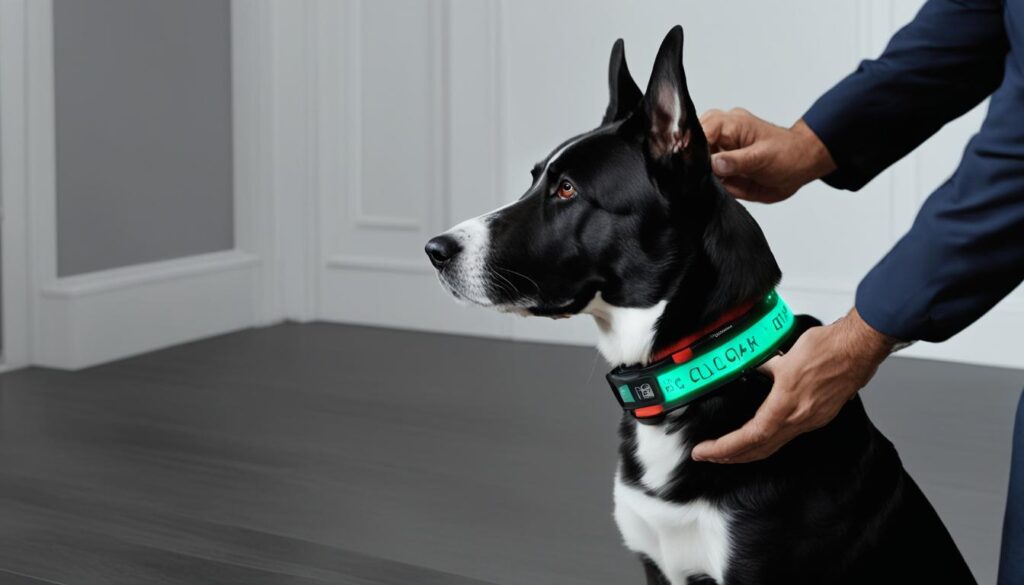
E-collars, also known as electronic collars or zap collars, function by providing consistent and clear feedback to dogs for their behavior. These collars comprise a wireless remote controlled by the human and a wireless receiver worn by the dog around its neck. The collar is equipped with various stimulation levels that can be adjusted according to the individual dog’s needs, ranging from low to high intensity.
The primary purpose of an e-collar is to reinforce commands, discourage undesirable behaviors, and enhance off-leash training. The collar allows for quick and immediate correction of behaviors, particularly in situations where prompt intervention is crucial for the safety of the dog. When used responsibly and in the right manner, e-collars can be a safe, effective, and humane tool for dog training.
The Different Types of E Collars
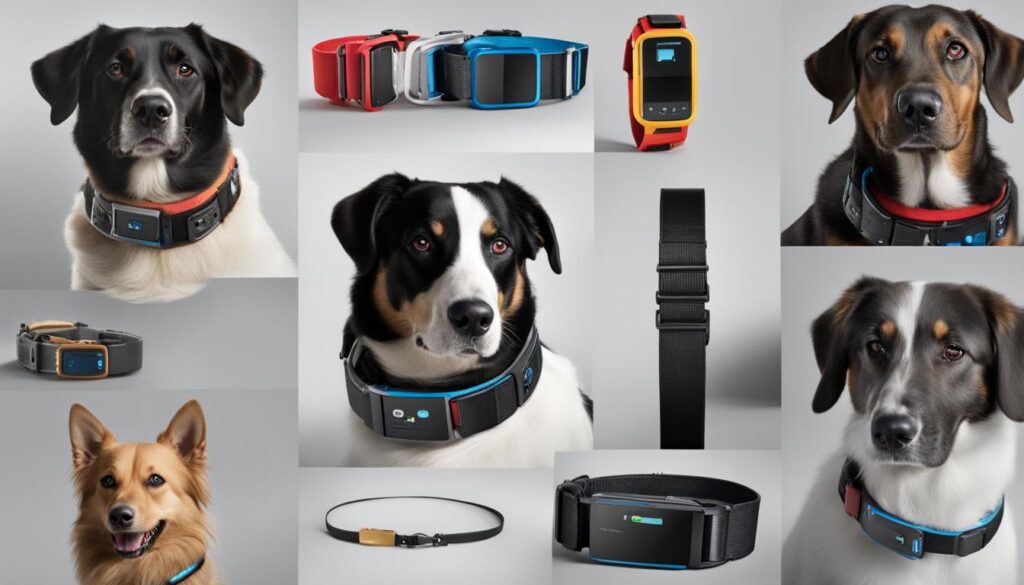
When it comes to e-collars, there is a wide range of options available on the market. Different e-collars utilize various feedback mechanisms, providing alternatives for dog owners who may be seeking an alternative to traditional electric stimulation. Here are three common types of e-collars:
-
Electric Stimulation E Collars
Electric stimulation e-collars, as the name suggests, utilize electric stimuli to deliver feedback to the dog. These e-collars offer multiple intensity settings, allowing owners to customize the level based on their dog’s response. Electric stimulation e-collars can be an effective tool for training dogs and correcting unwanted behaviors.
-
Vibration E Collars
Vibration e-collars, on the other hand, use a vibrating sensation to get the dog’s attention. This type of e-collar can be particularly useful for dogs that are sensitive to electric stimulation or for those with hearing impairments. Vibration e-collars provide a gentler alternative while still achieving effective results.
-
Sound E Collars
Sound e-collars emit specific sounds to redirect the dog’s behavior. The sound serves as a cue for the dog to associate with a particular command or action. Sound e-collars can be helpful in situations where a visual or physical stimulus may not be feasible or appropriate.
Each type of e-collar has its own advantages and disadvantages, making it crucial for dog owners to carefully assess their dog’s needs and training goals in order to choose the most suitable e-collar. Consulting with a professional dog trainer can provide valuable guidance in making the right decision.
Comparison Table: Types of E Collars
| E Collar Type | Feedback Mechanism | Adjustable Intensity | Suitable for Dogs with Hearing Impairment | Training Effectiveness |
|---|---|---|---|---|
| Electric Stimulation E Collars | Electric stimulation | Yes | No | High |
| Vibration E Collars | Vibration | Yes | Yes | Moderate |
| Sound E Collars | Sound | No | Yes | Low |
Choosing the Right E Collar
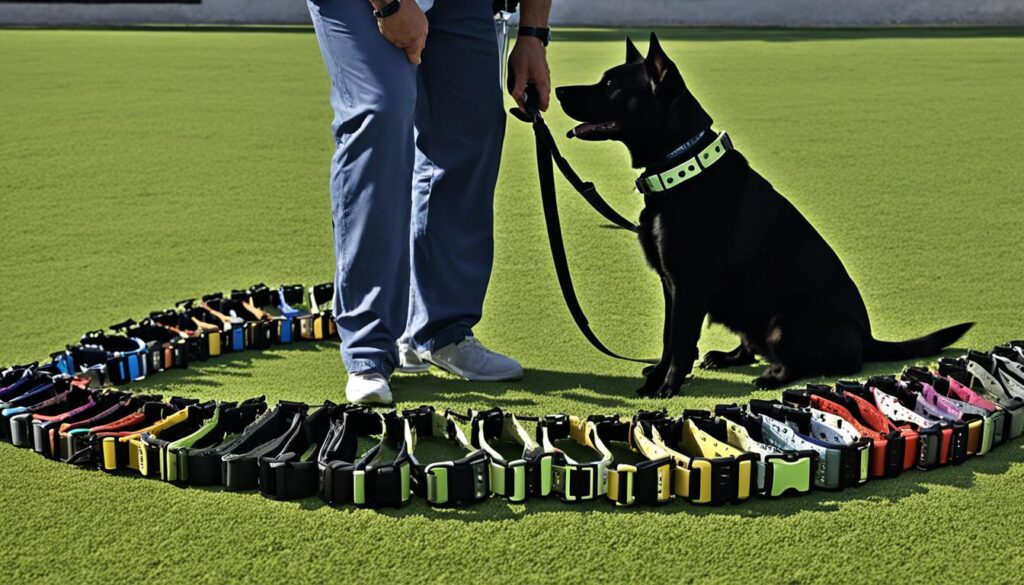
When it comes to selecting an e-collar for your dog, making the right choice is crucial for effective training. Consulting with a professional dog trainer should be your first step to determine if an e-collar is suitable for your dog’s specific training needs.
Consider the range of the e-collar, which refers to the distance at which the signal between the remote and receiver can be transmitted. A longer range can be beneficial for off-leash training or controlling your dog from a distance.
Additionally, pay attention to the number of intensity settings available on the e-collar. This allows you to adjust the level of feedback based on your dog’s responsiveness and comfort level. Having a wide range of intensity settings can provide flexibility in training different behaviors.
Furthermore, look out for features like GPS tracking or a waterproof design, depending on your requirements. GPS tracking can be beneficial for tracking your dog’s movements during off-leash training, while a waterproof design ensures durability and functionality even in wet conditions.
To make an informed decision, it’s important to read online reviews and compare different brands. Look for reputable and reliable e-collar brands that have positive feedback from other dog owners. Real user experiences can provide valuable insights into the effectiveness and reliability of different models.
Understanding the pros and cons of using an e-collar is crucial in your decision-making process. While e-collars can be effective training tools, it’s important to weigh the potential benefits against any concerns you may have. This can help you determine if an e-collar aligns with your dog’s temperament and training requirements.
By considering these factors and seeking professional advice, you can choose the right e-collar for your dog and set them up for successful training.
The Safety of E Collars
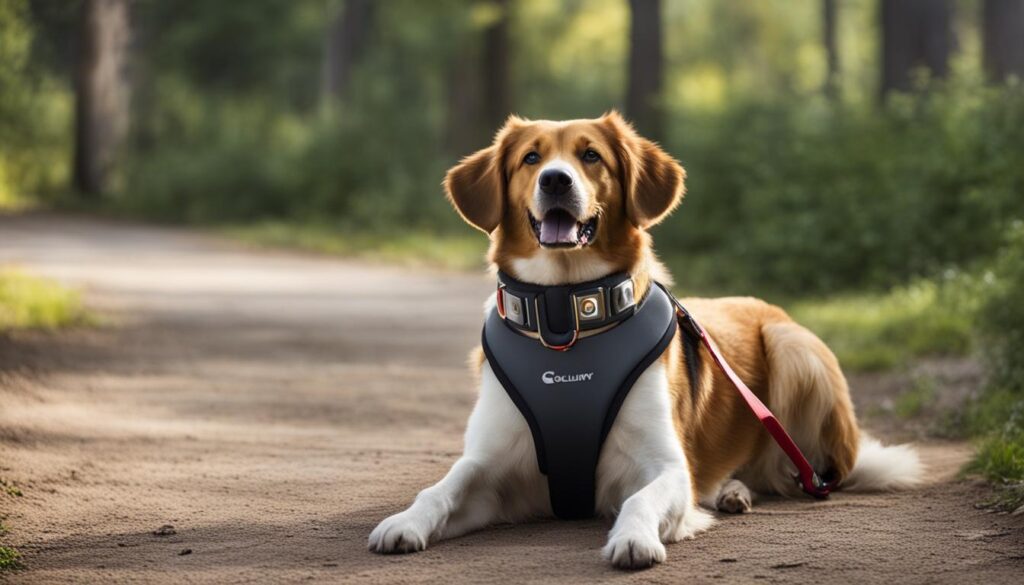
The safety of e-collars is a crucial aspect of their use in dog training. By following safety guidelines and using proper training techniques, you can ensure the well-being of your dog throughout the training process. The effective use of e-collars requires an understanding of their pros and cons and adherence to safety tips.
E Collar Safety Tips
- Always use the lowest effective stimulation level to prevent causing unnecessary stress or pain to your dog.
- Never use an e-collar as a punishment tool. It should only provide a brief and momentary discomfort to get your dog’s attention.
- Consult with a professional dog trainer to ensure you are using the e-collar correctly and safely.
- Regularly check your dog’s neck for any signs of irritation or discomfort, and adjust the collar’s fit if necessary.
It is crucial to prioritize the safety and well-being of your dog when using an e-collar. The collar should be used as a training aid, reinforcing positive behaviors and discouraging unwanted behaviors, rather than causing harm or distress. Consulting with a professional trainer will provide you with guidance on proper training techniques and safety measures.
| Pros of E Collars | Cons of E Collars |
|---|---|
| 1. Immediate feedback to reinforce desired behaviors. | 1. Potential for misuse or abuse if not used responsibly. |
| 2. Effective for off-leash training and recall training. | 2. Can cause discomfort or stress if used incorrectly. |
| 3. Enhances communication between owner and dog. | 3. Not suitable for all dogs or training situations. |
| 4. Can be used at a distance and in various environments. | 4. Requires proper training and guidance for effective use. |
Alternatives to E Collars
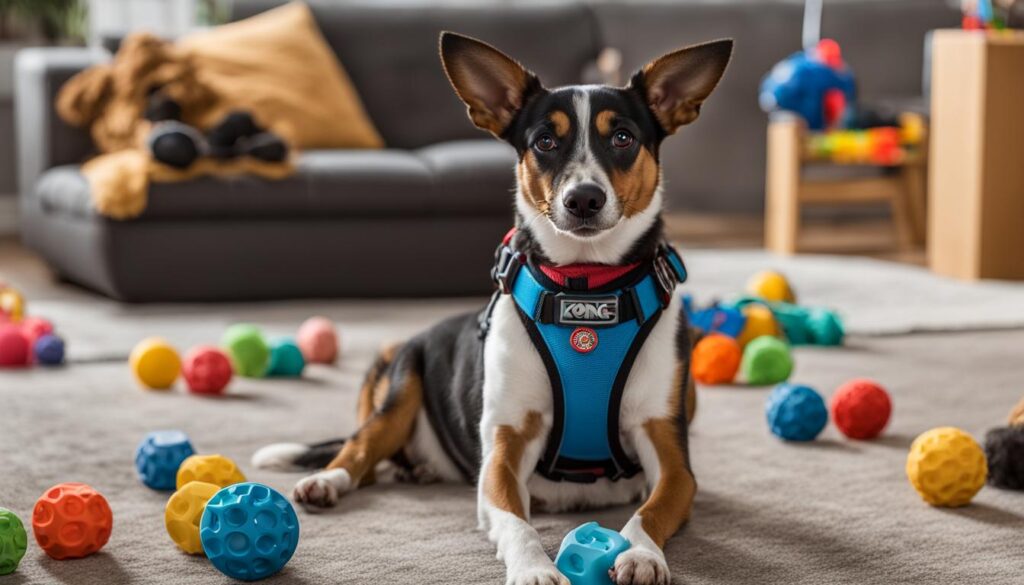
While e-collars can be effective for training dogs, they may not be suitable for every dog or training situation. Fortunately, there are alternative training methods and tools available that can be used as an alternative to e-collars.
Positive Reinforcement Training
Positive reinforcement training, which involves using treats and rewards, is a popular and highly effective method to train dogs. By rewarding desired behaviors, such as sitting or staying, with treats or praise, dogs learn to associate those behaviors with positive outcomes. This method focuses on encouraging good behavior rather than punishing bad behavior, creating a positive and enriching learning experience for your dog.
Clicker Training
Clicker training is another effective training tool that uses a small handheld device called a clicker. The clicker emits a distinct sound when pressed, signaling to the dog that they have performed a desired behavior. By pairing the sound of the clicker with a reward, such as a treat or praise, dogs quickly learn to associate the sound with positive reinforcement. Clicker training can be used for a wide range of behaviors, from basic obedience commands to more complex tasks.
Leash Training
Leash training is a valuable method for teaching good behavior and improving leash manners. By using a sturdy leash and a well-fitted harness or collar, you can guide your dog’s movements and provide gentle corrections when necessary. Leash training allows you to easily communicate your expectations, ensure your dog’s safety, and reinforce positive behaviors such as walking calmly by your side.
When considering these alternative training methods, it’s important to take into account the specific needs and temperament of your dog. Some dogs may respond better to positive reinforcement training, while others may require more structure and guidance provided by leash training. Consulting with a professional dog trainer can help you determine the most suitable training method for your furry friend.
Remember, training your dog should be a positive and rewarding experience for both you and your pet. By exploring different training methods and tools, you can find the approach that aligns best with your dog’s individual needs and your training goals.
Reviews and Testimonials
Reading reviews and testimonials from dog owners and trainers who have used e-collars can provide valuable insights and help in making an informed decision. Hearing about real experiences with different e-collar brands and models can give you a better understanding of their effectiveness, ease of use, and overall satisfaction. Look for reviews from reputable sources and consider the experiences of dog owners who have similar training goals and requirements as yours.
Testimonial 1:
“I have been using the XYZ E Collar for my Labrador retriever and I am extremely happy with the results. The collar has been very effective in reinforcing basic obedience commands and curbing undesirable behaviors. It’s easy to use and has different intensity levels that I can adjust according to my dog’s response. Highly recommended!”
Testimonial 2:
“After struggling with recall training, I decided to try an e-collar for my German Shepherd. The ABC E Collar has been a game-changer. The momentary stimulation provided by the collar has allowed me to quickly get my dog’s attention and reinforce the recall command. It has greatly improved our off-leash walks and I feel more confident in my dog’s safety. Definitely worth the investment!”
Testimonial 3:
“I was initially skeptical about using e-collars, but after extensive research and consulting with my dog trainer, I decided to give the DEF E Collar a try. I have been pleasantly surprised by the results. The collar’s vibration feature has been particularly effective in redirecting my dog’s attention from distractions. It’s been a helpful tool in our training journey, and I’m glad I decided to give it a chance.”
These testimonials provide first-hand accounts from dog owners who have found success in using e-collars for their training needs. Remember, every dog is unique, so it’s important to consider individual circumstances and consult with a professional trainer before using an e-collar.
The Benefits of Using an E Collar

When used correctly, e-collars can provide numerous benefits in dog training. They serve as effective tools for reinforcing desired behaviors and discouraging unwanted ones, offering immediate feedback to the dog. The use of e-collars can be especially beneficial for off-leash training, recall training, and situations where immediate correction is necessary to ensure the dog’s safety.
One of the key advantages of using an e-collar is its ability to enhance communication between the owner and the dog. By providing consistent feedback, e-collars allow for clearer and more consistent commands, leading to better obedience and understanding.
E-collars also offer convenience in training. With their wireless design, they can be used at a distance, enabling effective training in various environments. This versatility allows owners to train their dogs in real-life situations, making it easier for the dog to generalize the learned behaviors to different contexts.
Moreover, e-collars are adjustable, allowing the owner to customize the intensity levels to suit the individual dog’s needs. This ensures that the stimulation provided is appropriate and effective, without causing unnecessary discomfort or stress to the dog.
It is important to note that when using an e-collar, it should always be done correctly and under the guidance of a professional dog trainer. Safety should be a top priority, and the collar should never be used as a punishment tool. Instead, e-collars should provide brief and momentary discomfort solely to get the dog’s attention and redirect its behavior.
“E-collars offer immediate feedback and enhance communication between the owner and the dog, leading to clearer commands and better obedience.”
Wrapping Up
E-collars can be a useful tool in dog training when used responsibly and under the guidance of a professional. They provide feedback to dogs and help reinforce positive behaviors while discouraging unwanted behaviors. However, it’s important to consider the individual dog’s needs and temperament before deciding to use an e-collar. Every dog is unique, and what works for one may not work for another.
When considering the use of an e-collar, always prioritize the safety and well-being of your dog. Consult with a professional trainer who can assess your dog’s training requirements and guide you in the proper use of the e-collar. They can provide valuable insights and ensure that the training techniques align with your dog’s temperament and learning style.
Remember, the goal of using an e-collar is to educate and train your dog effectively, not to cause harm or discomfort. Using an e-collar improperly or without proper guidance can potentially do more harm than good. By using e-collars responsibly and under professional supervision, you can enhance your dog’s training experience and strengthen the bond between you and your furry companion.
FAQ
What is an E Collar for dogs?
An E Collar, also known as an electronic collar or zap collar, is a wireless training aid used to teach dogs the difference between good and bad behavior. It consists of a wireless remote that the human carries and a wireless receiver that the dog wears close to its neck.
How does an E Collar work?
E Collars work by sending feedback through physical signals, such as electric stimulation or vibration, delivered through the collar. They provide a form of negative reinforcement, strengthening desired behaviors by removing a negative outcome.
What are the different types of E Collars?
E Collars can use electric stimulation, vibration, or sound as the feedback mechanism. Electric stimulation e-collars have multiple intensity settings, while vibration e-collars provide a vibrating sensation and sound e-collars emit a sound to redirect the dog’s behavior.
How do I choose the right E Collar?
When choosing an E Collar for your dog, consult with a professional dog trainer to determine if it is suitable for your dog’s training needs. Consider factors such as the range, intensity settings, and additional features like GPS tracking or waterproof design.
Are E Collars safe for dogs?
The safety of E Collars depends on their proper use and understanding of the training technique. It’s crucial to follow safety guidelines, use the lowest effective stimulation level, and consult with a professional dog trainer to ensure correct and safe use.
What are the alternatives to E Collars?
There are alternative training methods and tools available, such as positive reinforcement training using treats and rewards, clicker training, and leash training.
Where can I find E Collar reviews and testimonials?
Reading reviews and testimonials from dog owners and trainers who have used E Collars can provide valuable insights. Look for reviews from reputable sources and consider the experiences of owners with similar training goals.
What are the benefits of using an E Collar?
E Collars provide immediate feedback to reinforce desired behaviors, enhance off-leash training, and improve communication between the owner and the dog.
Are E Collars a recommended training tool?
E Collars can be a useful tool in dog training when used responsibly and under the guidance of a professional. It’s important to consider the individual dog’s needs and temperament before deciding to use an e-collar.






